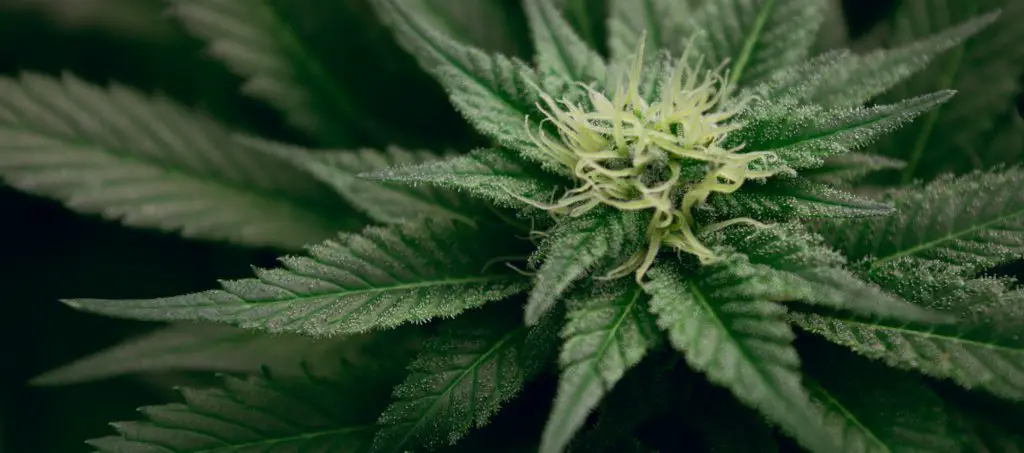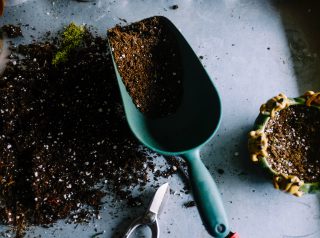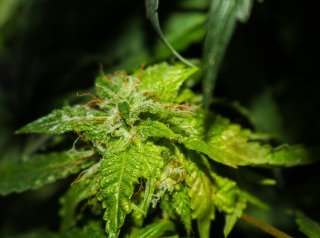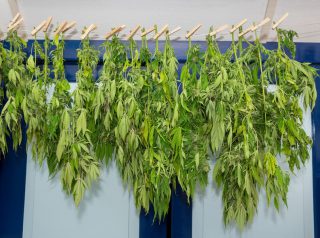Autoflowering cannabis plants are known for their simple growing requirements and rapid growth rate. These particular traits are compelling selling points, especially to beginners. Its massive acceptance in the market has continuously pushed breeders to enhance this class of marijuana. Today, besides ease of cultivation, autoflowers are producing buds that put them in the same league as those grown from feminized and regular seeds. Find out what makes them worthy of garden space and why even seasoned growers are cultivating autos now.
Page Content
All You Need To Know About Autoflowers
Cannabis growers today are spoiled for choice not only of resources that make growing more uncomplicated and productive but also of strains and seeds. The market now offers more genetics than ever before, giving access to a wide array of improved autos. Compared to earlier generations, the genetics of newly bred autoflowers have a lot to offer. We will tell you all you need to know and help you decide if this seed type is best for you.
What Are Autoflowers?
Autoflowers are unique as they are independent of light cycles. This means that, unlike photoperiods, autos switch from vegetating to flowering with age. How did this class of cannabis with the ability to flower automatically emerge? Well, it is a combination of natural occurrence and human ingenuity.
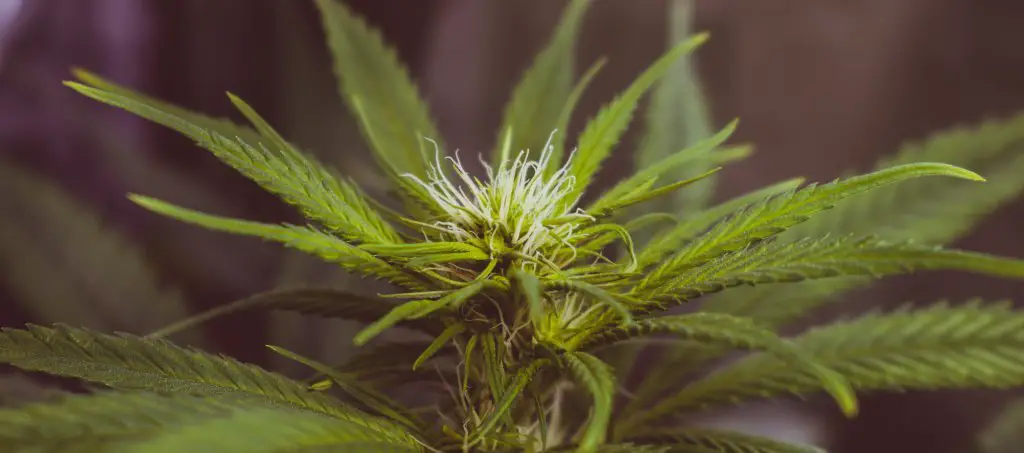
Besides Sativa and Indica, there is another cannabis subspecies – the Ruderalis. This class adapted to the cold and harsh environments of Eastern and Northern Europe, as well as Northern Asia. These regions have a considerably shorter growing season, colder temperatures, and less sunlight. With such habitat, cannabis plants stopped waiting for changes in seasons to trigger flowering. Instead, it developed a natural ability to transition regardless of daylight hours and weather patterns, ensuring their continuity through reproduction.
The Ruderalis subspecies were scientifically identified in 1924. It was eventually bred with Sativa and Indica strains, thus creating the autoflowering variety of cannabis. It can flower independently of light but has many of the sought-after traits of its photoperiod genetics. Keep reading to find out the other advantages of growing auto seeds.
Why Grow Autoflowering Plants?
Since the early days when autos were first bred, significant enhancements have been made to make them more than just practice strains. The days when mediocre harvests and potency from these plants are gone. Plus, autoflowers have unique characteristics that are advantageous to home growers.
1. Improved Yields and Potency
Seasoned growers tend to stay away from autoflowers due to misconception that returns are still inadequate in size and cannabinoid strength. Although this is indeed true when autos were first introduced, current autoflowers produce significantly better output now.
2. Wide Range Of Options
There are hundreds of autoflowering strains offered in the market, giving home growers a large selection to choose from. Whatever you need – variants abundant in THC, high in CBD, or strains with a nice balance of both, you can get them in auto version. Of course, like photoperiod plants, auto plants have an incredibly diverse terpene profile as well.
3. Short Life Span
Autoflowering strains are most known for their speedy lifespan. Most autos finish their entire growing cycle in only 7 to 10 weeks from germination. This is roughly the same amount of time photoperiod strains take to complete their flowering stage alone. Their speedy maturation results from an incredibly brief vegging phase then quick transition to the flowering stage.
There is no logical reason to cultivate a pure Ruderalis plant unless it is needed for breeding purposes. These plants, even when grown in the most optimal conditions, produce tiny yields. With weak, undesirable cannabinoid and terpene profiles, they are pretty much useless when cultivated for consumption. When bred successfully with photoperiod strains, however, they can pass autoflowering traits to new hybrids.
For instance, Haze strains are most known for their highly sought after sativa effects. However, they also have an excruciatingly long flowering period of up to 16 weeks, which turns off some cultivators. By blending Ruderalis genetics to this legendary cannabis variant, growers can rear an autoflowering Haze and achieve buds with the same well-loved influence. Here are some popular Haze strains in autoflowering form with the duration of their life cycle from seed to harvest:
- Haze Autoflower (11-13 weeks)
- CBD Haze Autoflower (11-13 weeks)
- Amnesia Haze Autoflower (11 weeks)
- Super Silver Haze Autoflower (11-12 weeks)
- Haze XL Autoflower (12-13 weeks)
- Lemon Haze Autoflower (9 weeks)
- Blueberry x Lemon Haze Autoflower (8-10 weeks)
The short lifespan of autoflowering strains is suitable for impatient growers who desire near-instant output. This seed type is also ideal for growers, whether commercial or for personal use, who need a fast turnover for a perpetual indoor harvest. To maximize yields, employ a Sea of Green (SOG) technique with at least four (4) autoflowers growing in close proximity.
4. Hassle-Free Lighting Requirements
Autoflowering strains will go ahead and start fruiting no matter how many hours of sunlight or artificial light it receives. This means growers no longer have to follow a strict light schedule or run a light deprivation system. Also, accidentally reverting a flowering weed to vegetating due to incorrect light cycle does not happen with autos.
Autoflowers can receive more than 12 hours of light a day to produce decent yields. Typically, growers go for a simple light schedule of 18 hours on and 6 hours off from seedling to harvest. It provides plants with an adequate amount of light for maximum plant food production. This also saves energy and gives the weed ample time to rest.
Growers who do not mind paying higher electricity bills may run their lighting system for 24 hours. Cultivators who do this method report more vigorous vegetative growth and explosive yields. Others, however, argue that depriving cannabis floras of natural resting period is not good as all plants need time to recover from any damages.
On the other end of the spectrum is the 12/12 lighting cycle. Providing the garden with 12 hours of light and 12 hours of darkness is the best option for saving money. That said, it does not produce an impressive harvest, so keep realistic expectations when going with this option.
Regardless of the schedule chosen, the lighting demands of autoflowering strains are easier to follow than that of photoperiods. The simple lighting requirements of autos make cannabis cultivation a lot less complicated. Plus, it gives growers extreme flexibility not only with the lighting cycle but also with electricity consumption.
5. Inconspicuous
Because of the limited vegetative growth of autoflowers, they remain small and stealthy. They typically only reach a height of around two (2) to three (3) feet. Their compact size allows hush-hush growers to cultivate in secret and dismantle or move their operation in the shortest possible time.
You can grow these plants in a closet, by the windowsill, on the balcony, or in the backyard camouflaging in the landscape without attracting the attention of your neighbors. They are also an excellent option for guerrilla growing in hidden public places or some far-flung areas. This approach keeps marijuana grows out of sight and, therefore, safe from thieves.
Want to keep your clandestine grow at home? Then, try micro-growing your auto plants and still achieve reasonable yields. Good examples of this method include rearing autoflowers in repurposed computer towers, boxes, and buckets. Also perform low-stress training to maximize the light usage and output while keeping the plants’ vertical growth under control.
6. Resilient Cannabis Plants
The Ruderalis subspecies did not survive the extreme conditions of northern latitudes by luck. It adapted to harsh weather patterns and extreme temperatures. Additionally, this class of cannabis, whose name means “rubble” or “rudus” in the Latin, thrives in demolished or abandoned urban settings. Sounds like too tough a place for such a tiny plant? Perhaps for other types of cannabis, but not for a Rudy.
This sturdiness is something autoflowers inherited from their Ruderalis progenitor. Most autos tend to do well against pathogens like mold and powdery mildew. Plus, their impressive resilience allows them to withstand common (but reasonable) gardening errors, making them suitable for beginner growers. Note, however, that high-stress training and any forms of injury must be avoided as the recovery period prevents the plant from prioritizing flowering. It may also cause plant death.
7. Less Nutrient Demands
Autoflowering strains are not nutrient hungry. They flourish in less-nutritious medium and can make do with the bare minimum. This is all because of their fast growth, small stature, and natural robustness. Compared to their photoperiod counterparts, they also do not require a complicated nutrient supplementing strategy that must be adjusted according to the current growth cycle.
You may refer to this sample recipe for a sufficient autoflowering soil mix:
- Three (3) parts peat moss
- Three (2) parts compost
- Two (2) parts perlite (moistened)
- One (1) part vermiculite (moistened)
Autoflowers Are Better Than Ever
Autoflowering strains are more than just cannabis varieties with quick lifespan and simple grow needs. Unlike earlier versions of autos, modern autoflowers produce competitive output with improved potency. Plus, growers have access to a wide range of auto strains, which offers flexible lighting requirements, discreet growth, impressive resilience, and fewer nutrient demands. Autoflowers are better than ever, and they are every bit worthy of your garden space.
